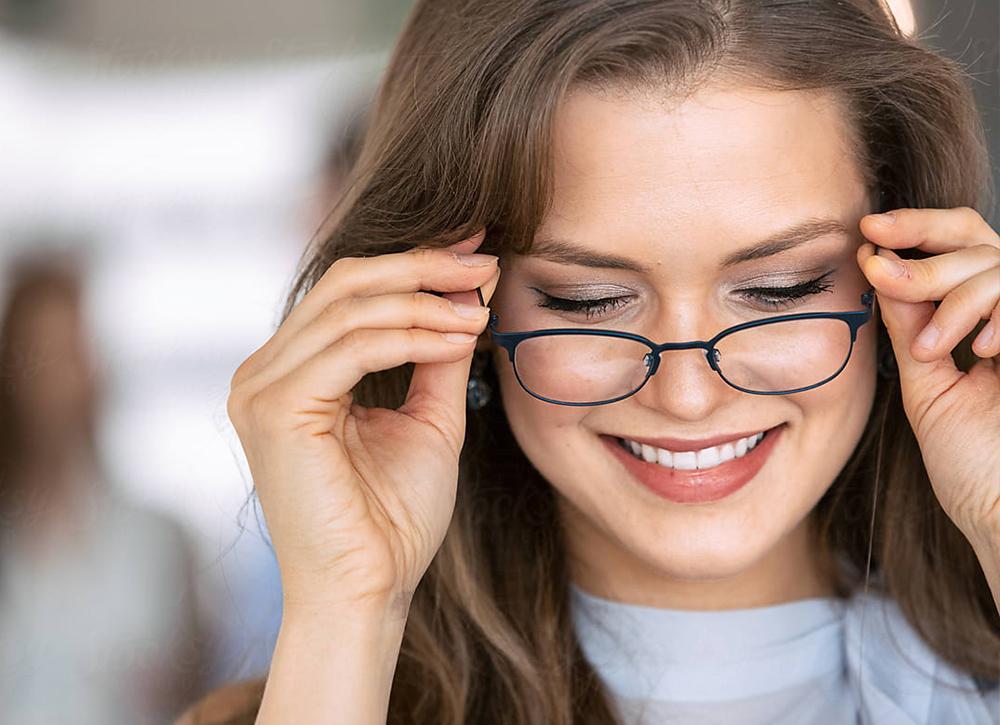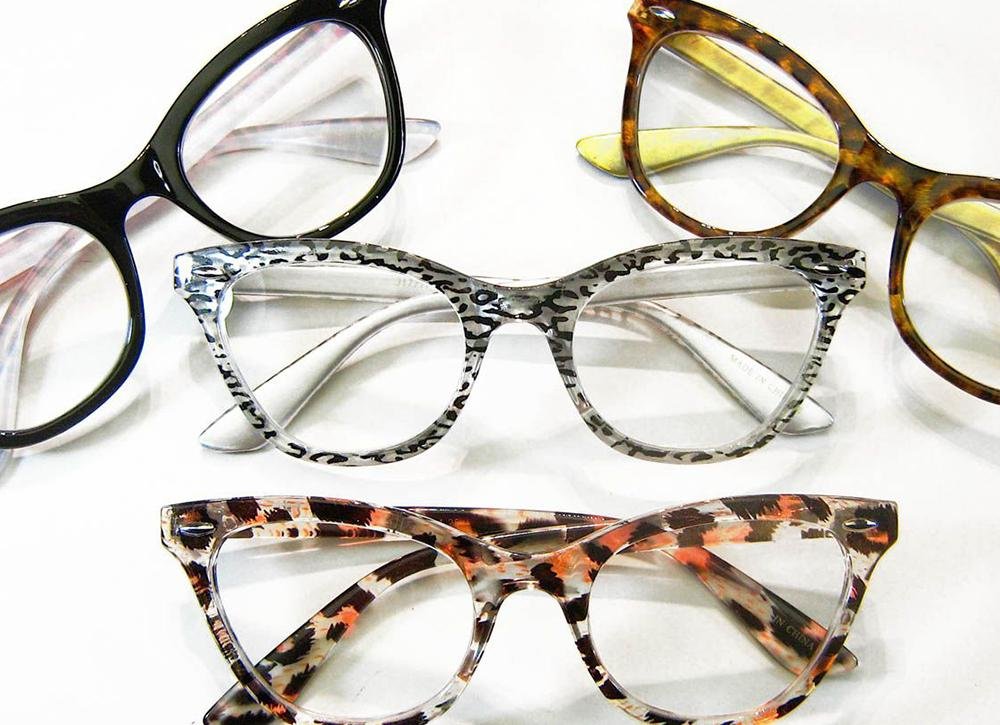Studies have shown that blue light is present in many light sources in our lives, especially on screens like cell phones, computers, and televisions. The main health effect of blue light sources is the damage to the eyes. Long-term exposure to blue light sources may cause lesions in the eyes. The harm of blue light to human health can be prevented by corresponding new technology products. Among them, the anti-blue lens is one of them. So how to distinguish between blue-light-blocking glasses and ordinary glasses?
Why you should be careful when choosing blue-light-blocking glasses?
Prices of blue light blocking glasses in the market now range from 200 to 300 yuan to several thousand yuan. According to the report, current eyewear standards do not prescribe the effects of blue-resistant lenses, and consumers are advised to choose blue-resistant lenses with caution. It is recommended that people with specific eye diseases such as macular disease, age-related macular degeneration, macular hole, and diabetic fundus lesions should choose anti-blue light glasses according to the advice of an ophthalmologist.
Look at lens color.
Ordinary lens and blue light blocking lens is the same yellow-green film, and they can be placed in light to identify the place.
Regular lenses have a yellowish tinge in the reflection of light. And anti-blue light glasses film color, there is the blue color in the yellow and green film, this is because of the reflection of blue light.
Look at the instructions.
Check the specs and test reports of glasses. Look at the lens manufacturer's qualifications and whether the lens contains radiation.
Other Methods
While trying it on, look at the electronic screen from a distance to see if it stimulates your eyes. Holding the glasses in front of a display screen or under an LED light to see if they reflect blue light on the surface of the lens. It shows that blue-blocking glasses can block blue light. The special blue light flashlight shines on the white cardboard through the lens, the blue light that passes through the blue-blocking lens is noticeably dimmed, while the blue light that passes through the normal lens is not changed at all, which is what the blocking blue light does. You can go to a professional eyeglass shop to detect instruments through the spectrum of professional authority, and the best blue light blocking rate is between 60%-70%.





































